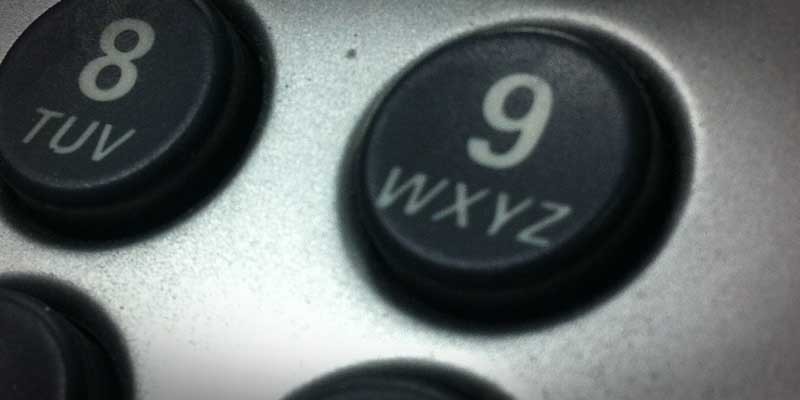Any attempt to bring in new laws to state-regulate the Scottish press would have to be decided by MSPs.
Lord Justice Leveson will publish a report on Thursday outlining his views on what type of watchdog should oversee newspapers, a year after launching an inquiry on the back of the phone hacking scandal.
Much of the focus in recent days has been on whether Prime Minister David Cameron would back legal curbs that some people have suggested will be part of Lord Leveson’s recommendations.
However, as press regulation is not contained in the Scotland Act which outlines the powers reserved for Westminster any decision on legislation here would not be made in London but instead at Holyrood.
First Minister Alex Salmond would not be drawn on the Leveson report before seeing it, but the feeling among politicians north of the border is scepticism about potentially making the press answerable to the state.
Mid Scotland and Fife MSP and Scottish Liberal Democrat leader Willie Rennie said: ”Although the focus of Leveson has primarily been on events in London, there has obviously been some breakdown in confidence with the media in Scotland as well.
”With the issue being devolved to the Scottish Parliament, MSPs will need to get to grips with all the issues very, very quickly on if there is to be some form of state legislation or regulation.
”All politicians from all parties will be very wary of immediately rushing to state legislation but Leveson will help to inform us of the options.”
A spokesman for Mr Salmond said: ”The Scottish Government will listen carefully to any recommendations and consider them carefully.”
During his appearance at the Leveson inquiry earlier this year, Mr Salmond expressed his admiration for the Press Council of Ireland.
It forms a two-tier approach whereby complaints are first referred to a separate press ombudsman, who tries to deal with them through conciliation.
If a resolution cannot be achieved, the ombudsman can make a ruling based on a code of practice and can refer significant complaints to the 13-strong press council, which runs independently of government and media.
During the July exchange with Lord Leveson, Mr Salmond said the ombudsman gave a ”degree of independence” that may not be seen when press regulation comes from a group of editors.
He said: ”I’ve seen nothing to suggest that the Irish press is not free and able to pursue things.”
Jenny Marra MSP said: ”The Leveson Inquiry could be an opportunity to restore people’s confidence in the press following the public outrage at some of the unwelcome practices which have emerged in recent years.
”If Lord Leveson is able to come up with positive recommendations which will help improve standards without compromising the open and free press which is so important to our democracy, then I am sure the people of Scotland will want to get behind them.”
